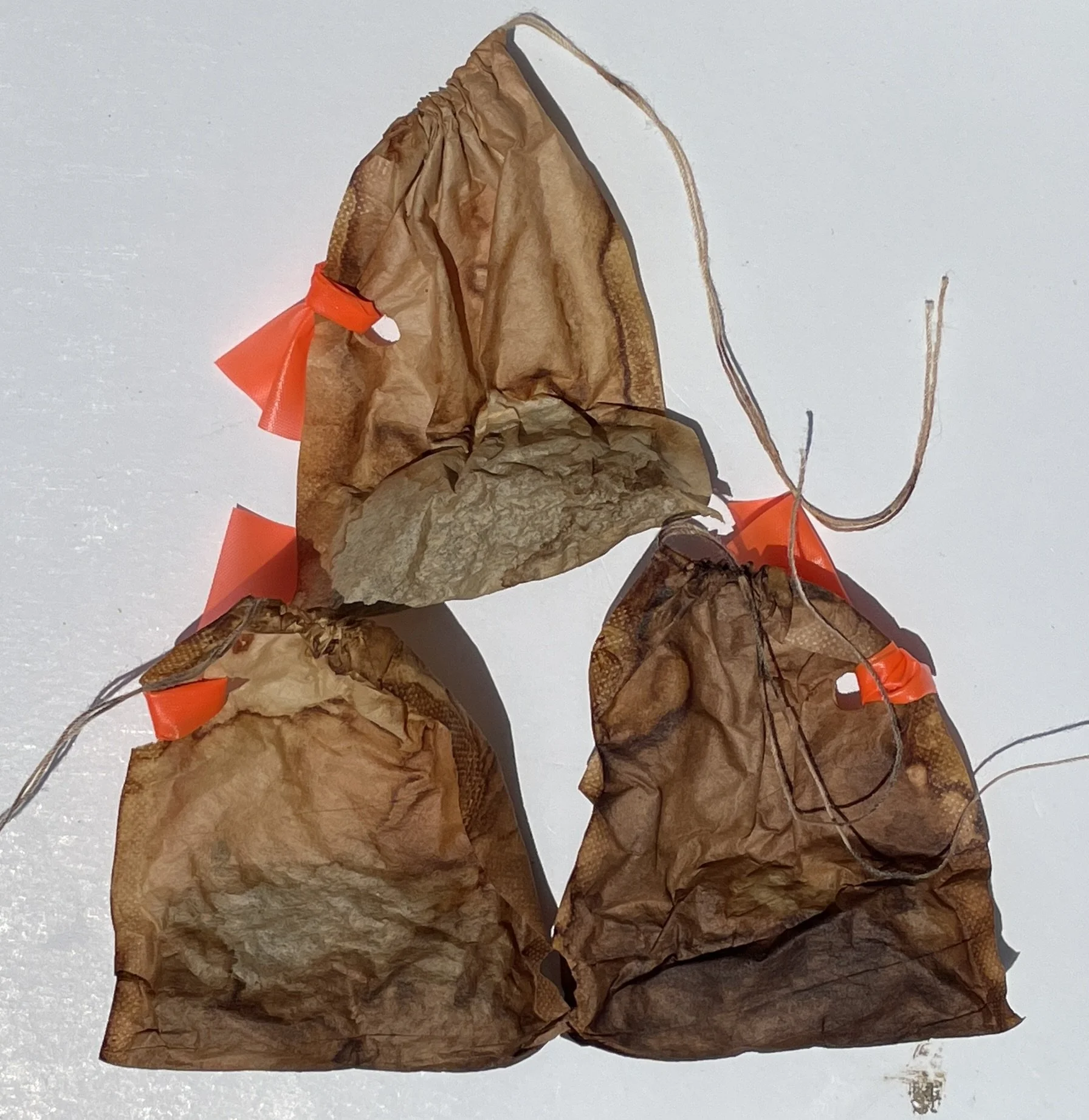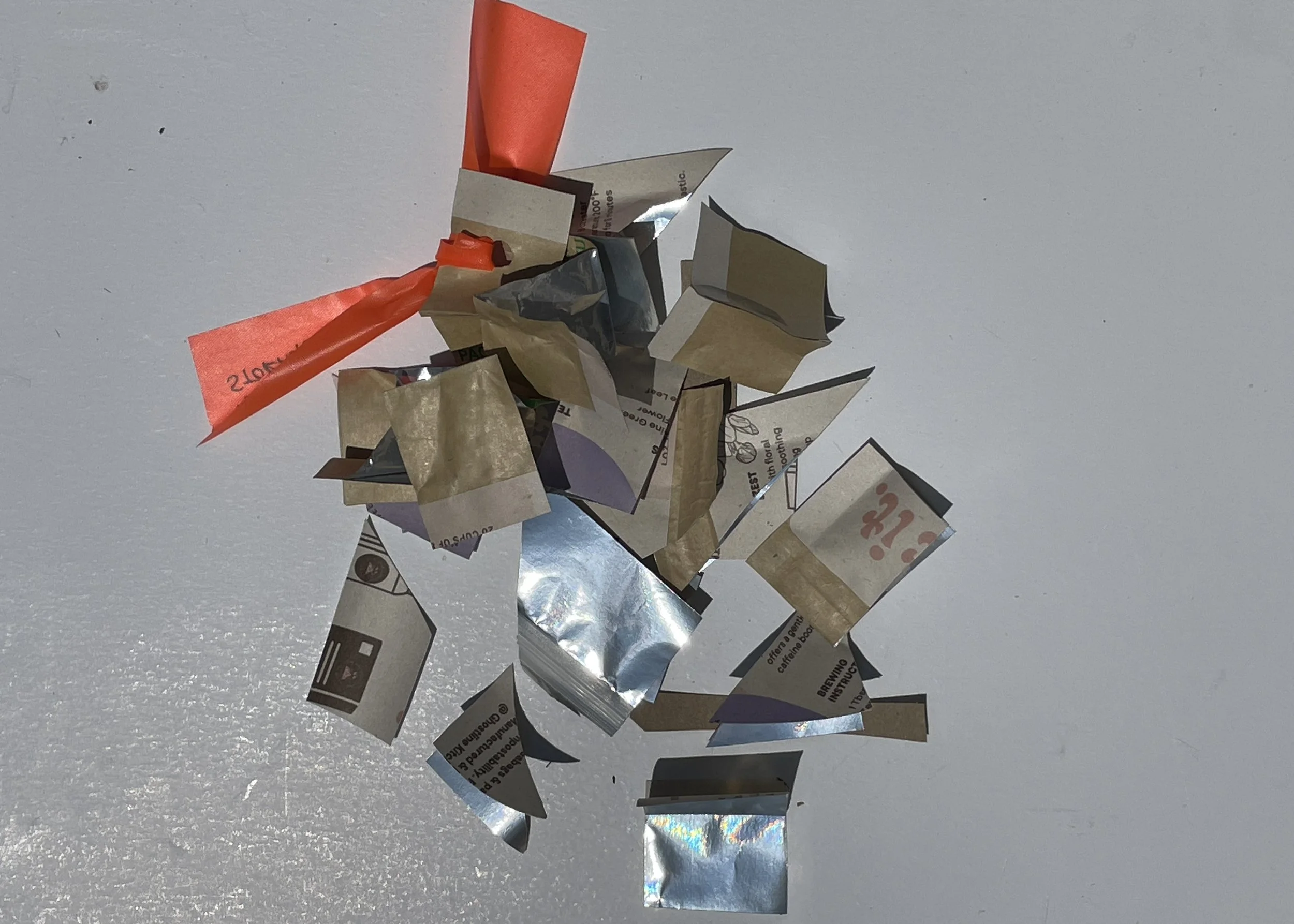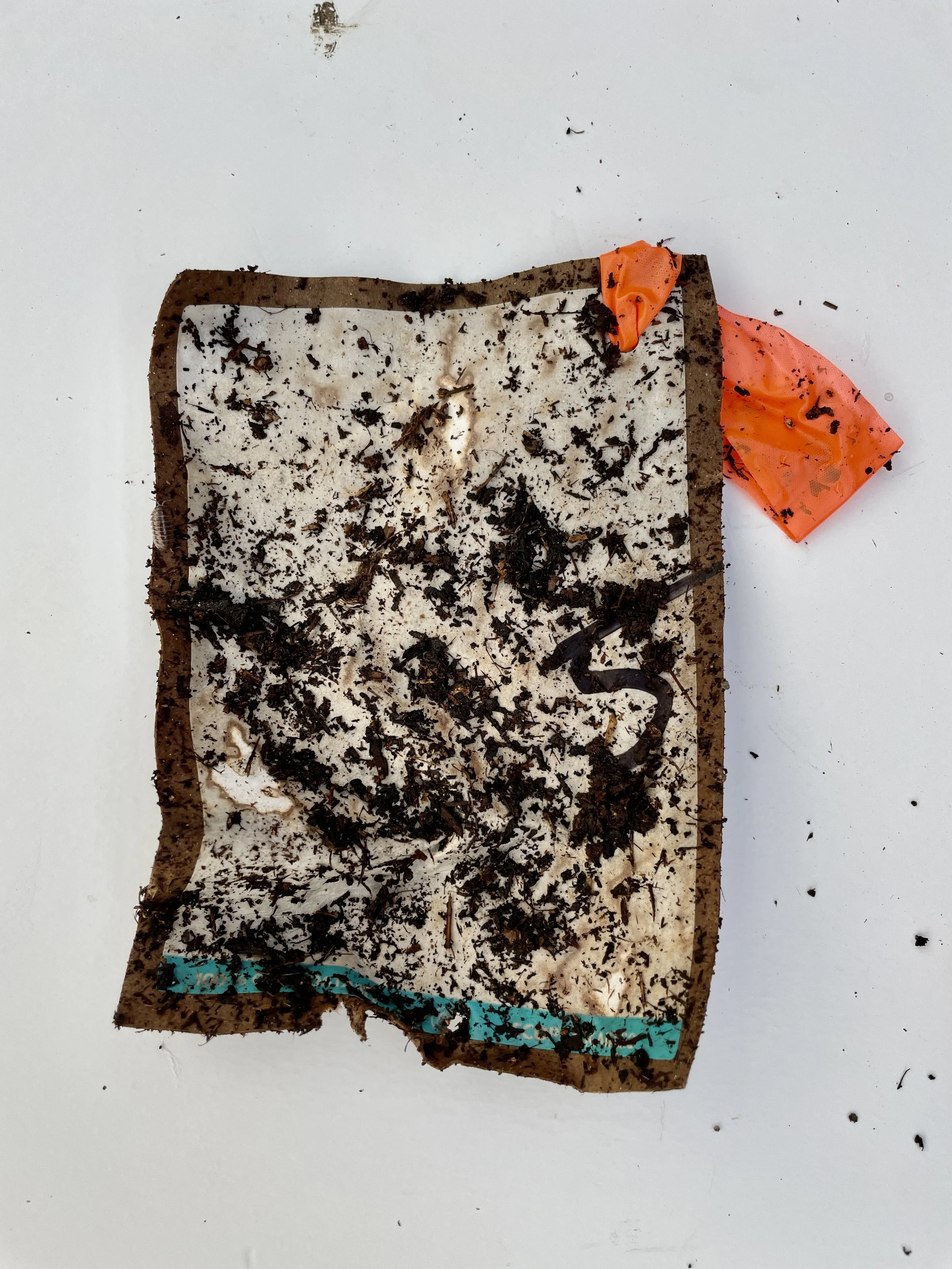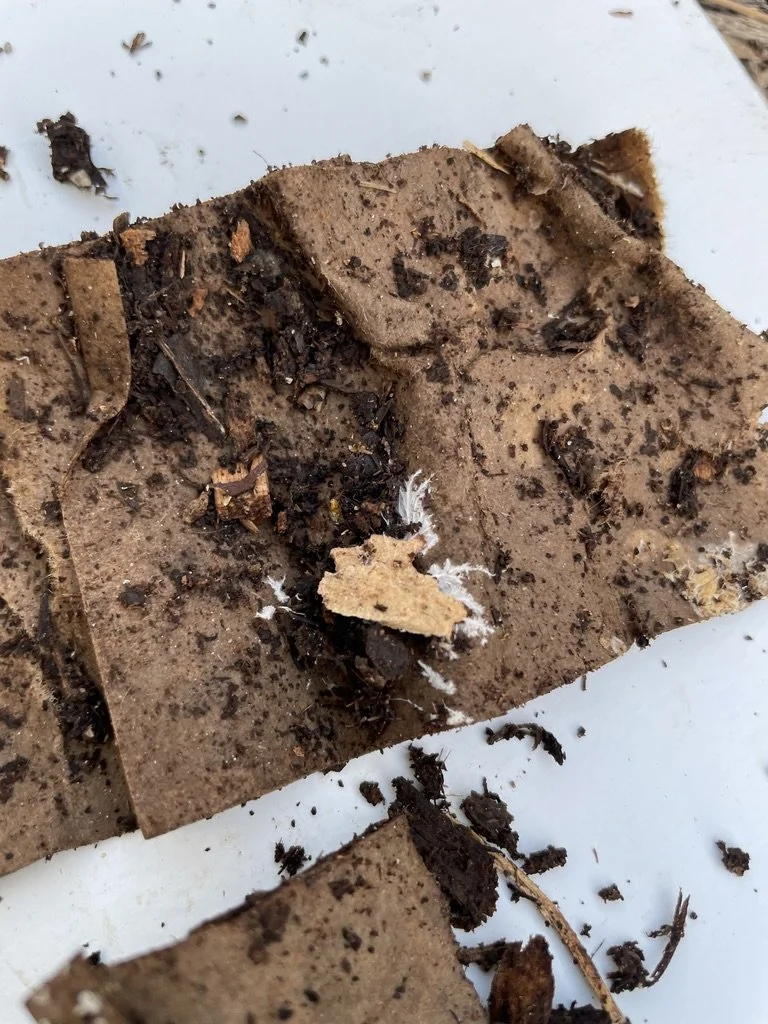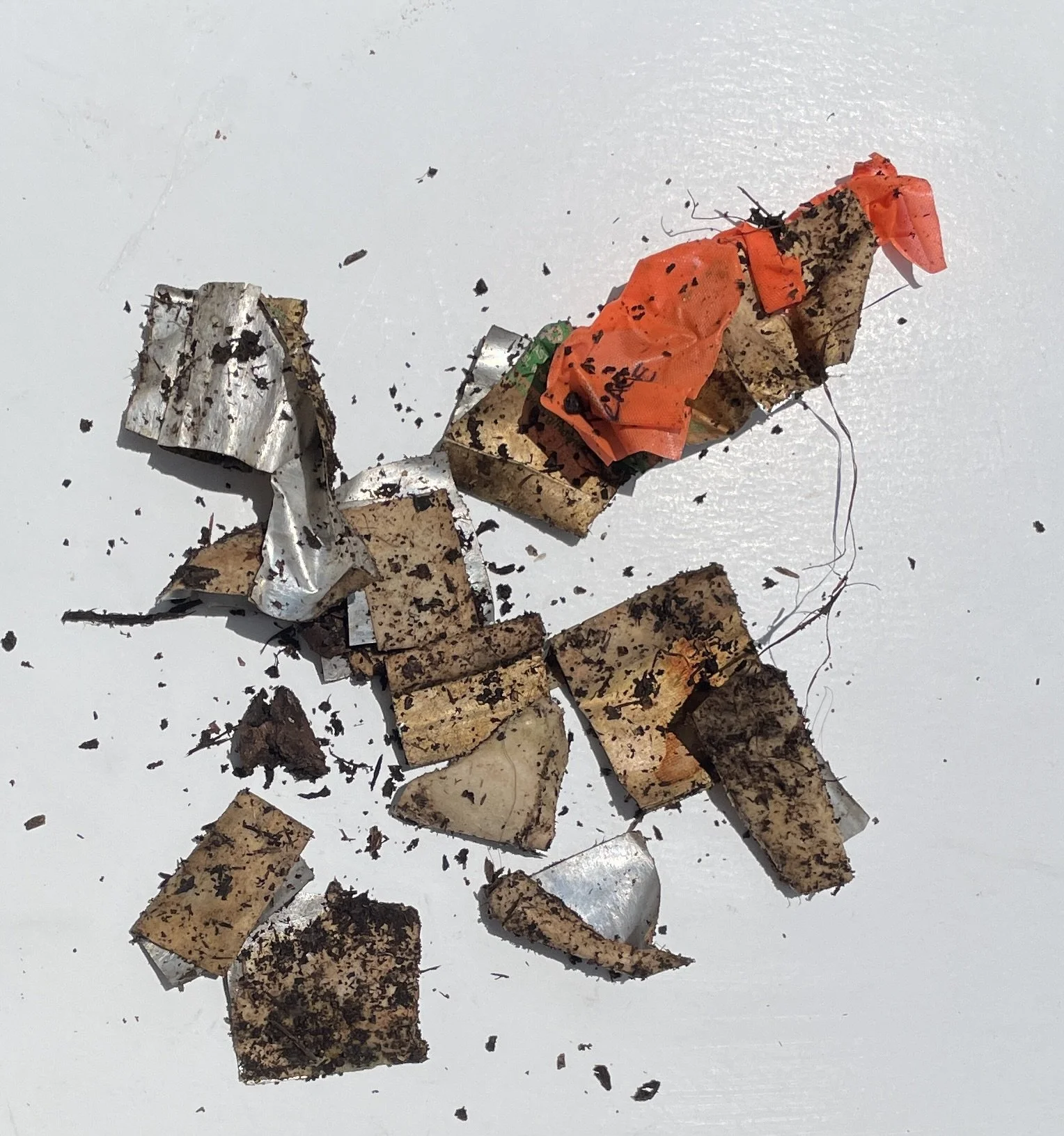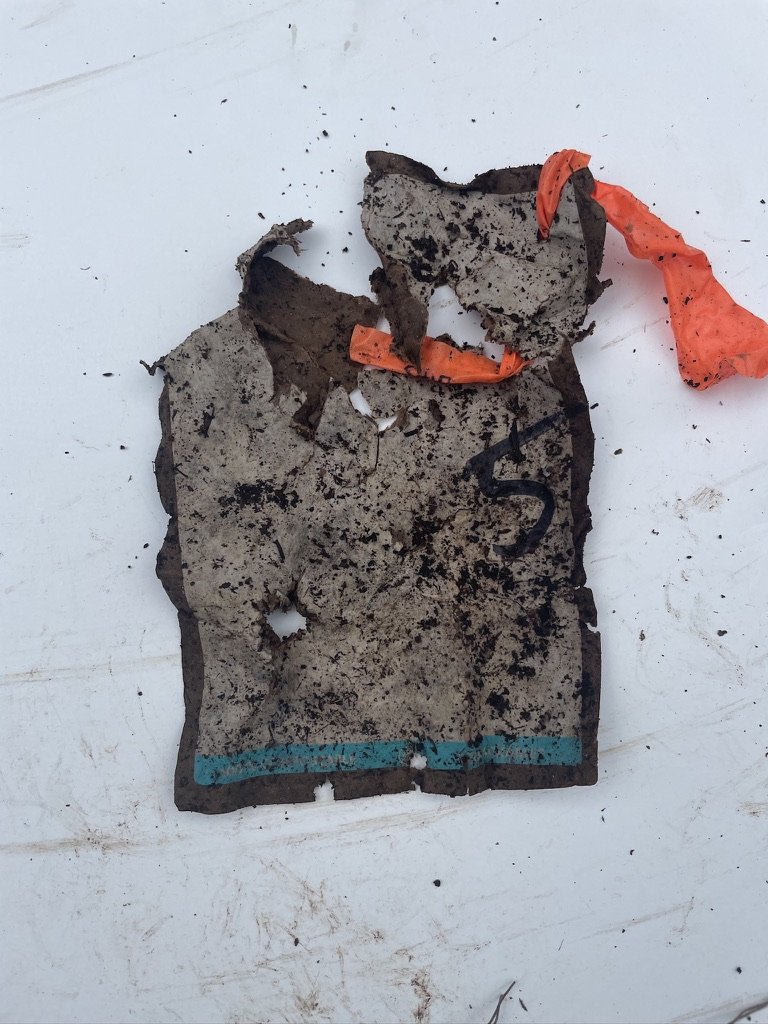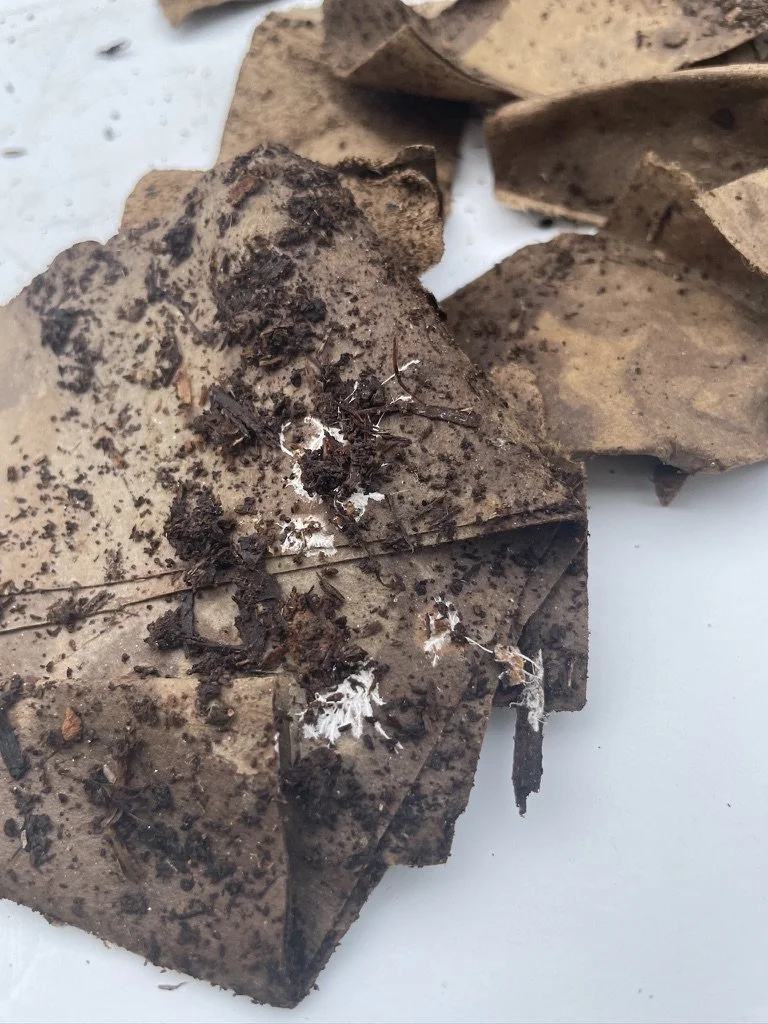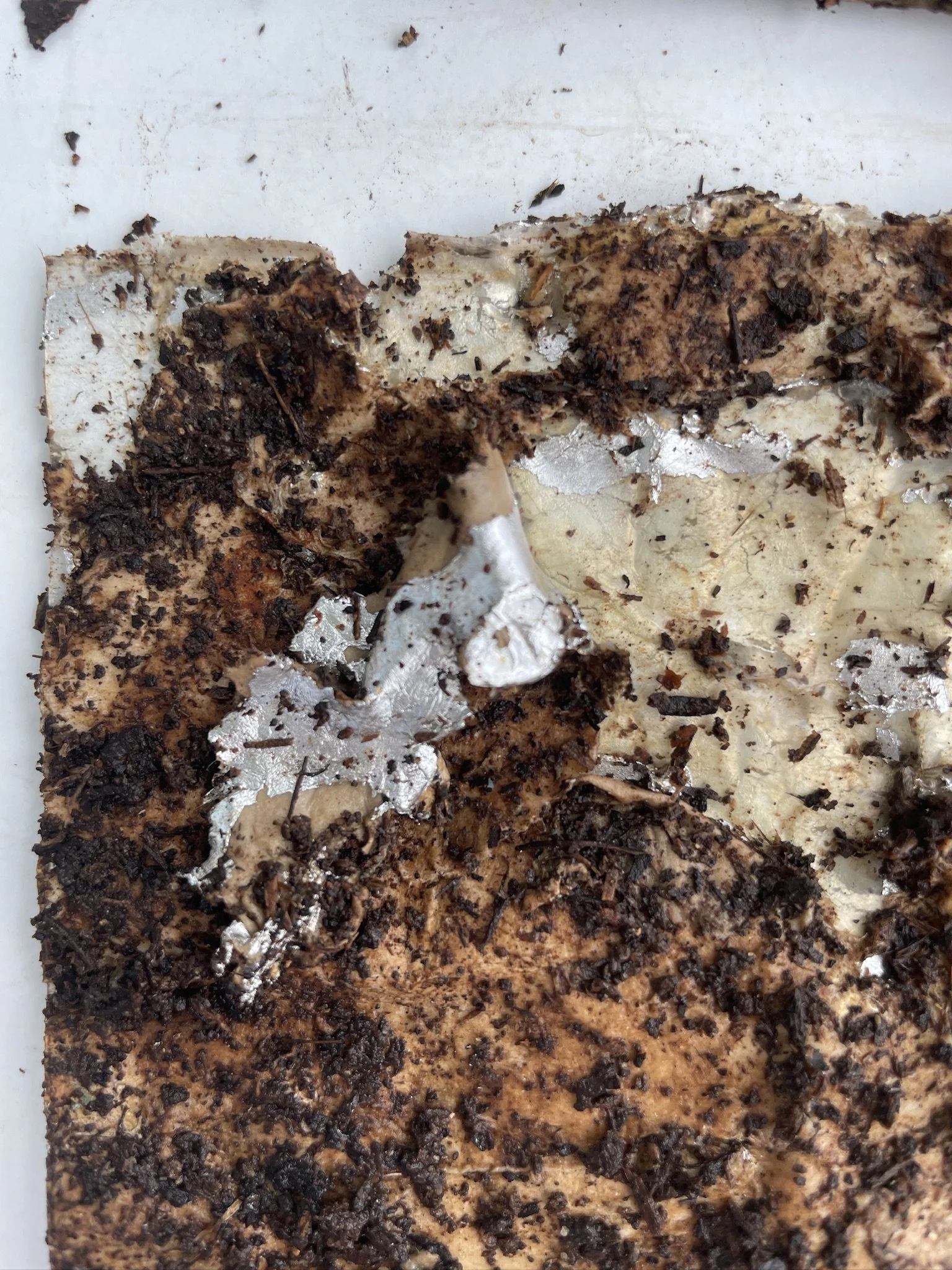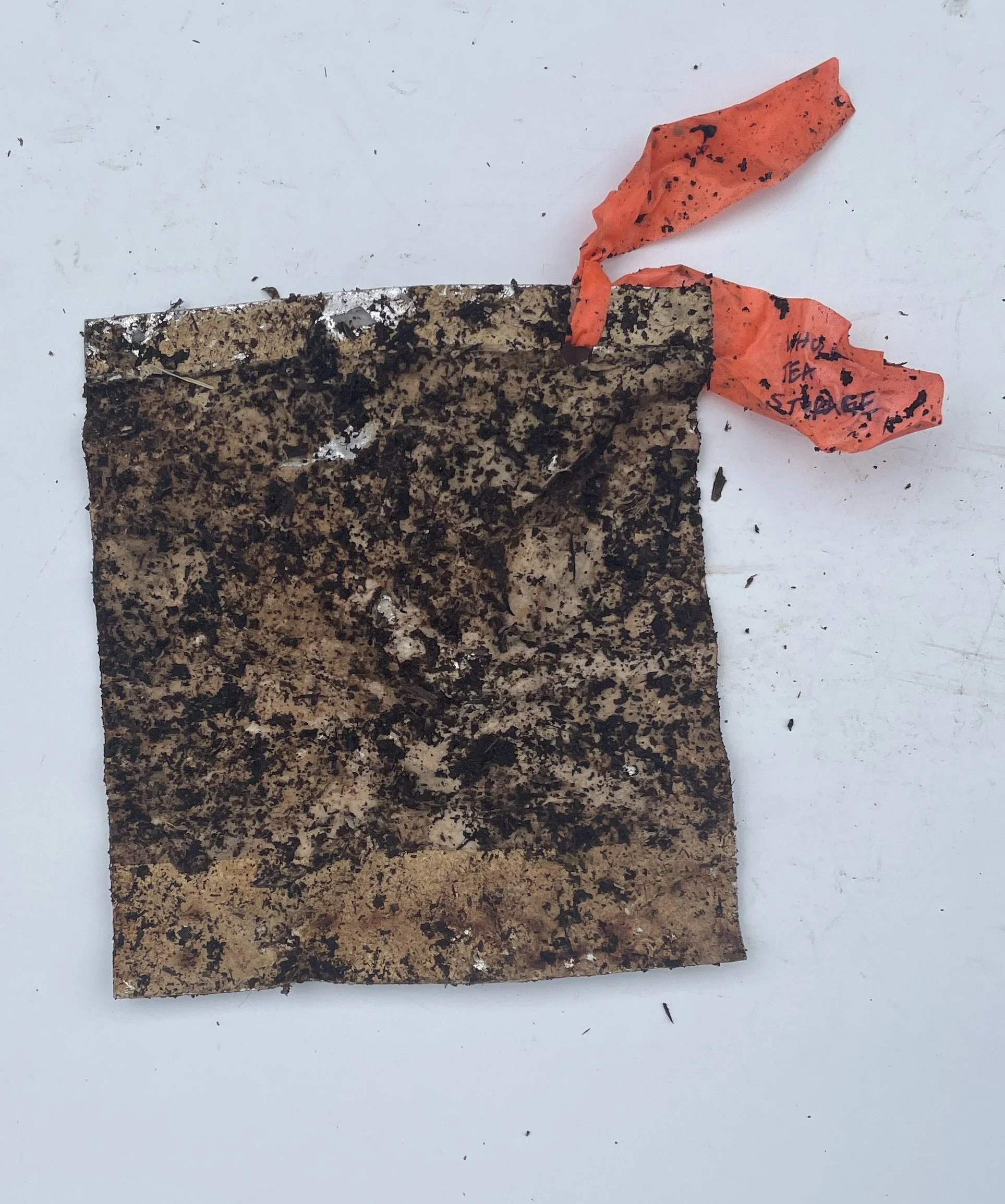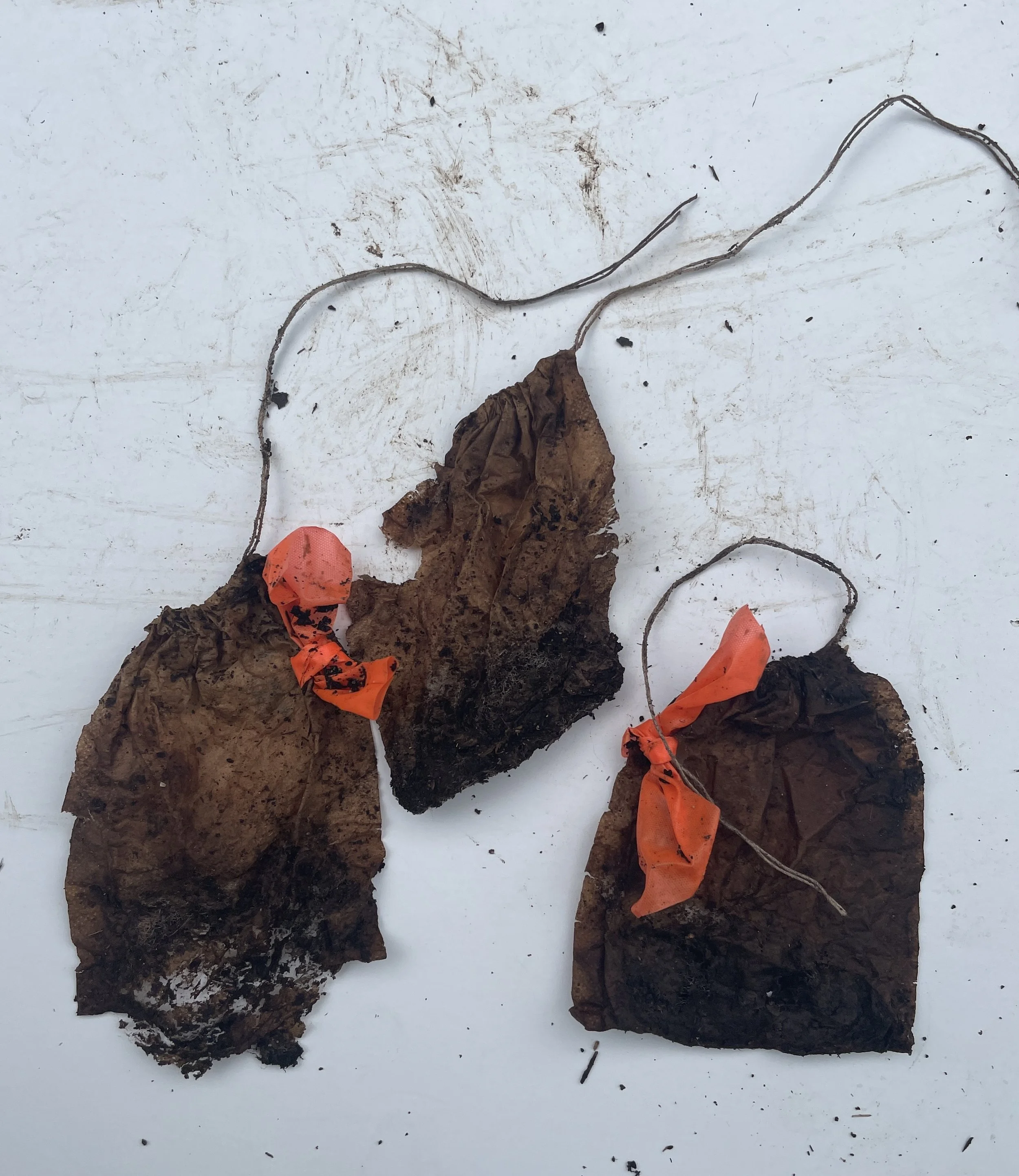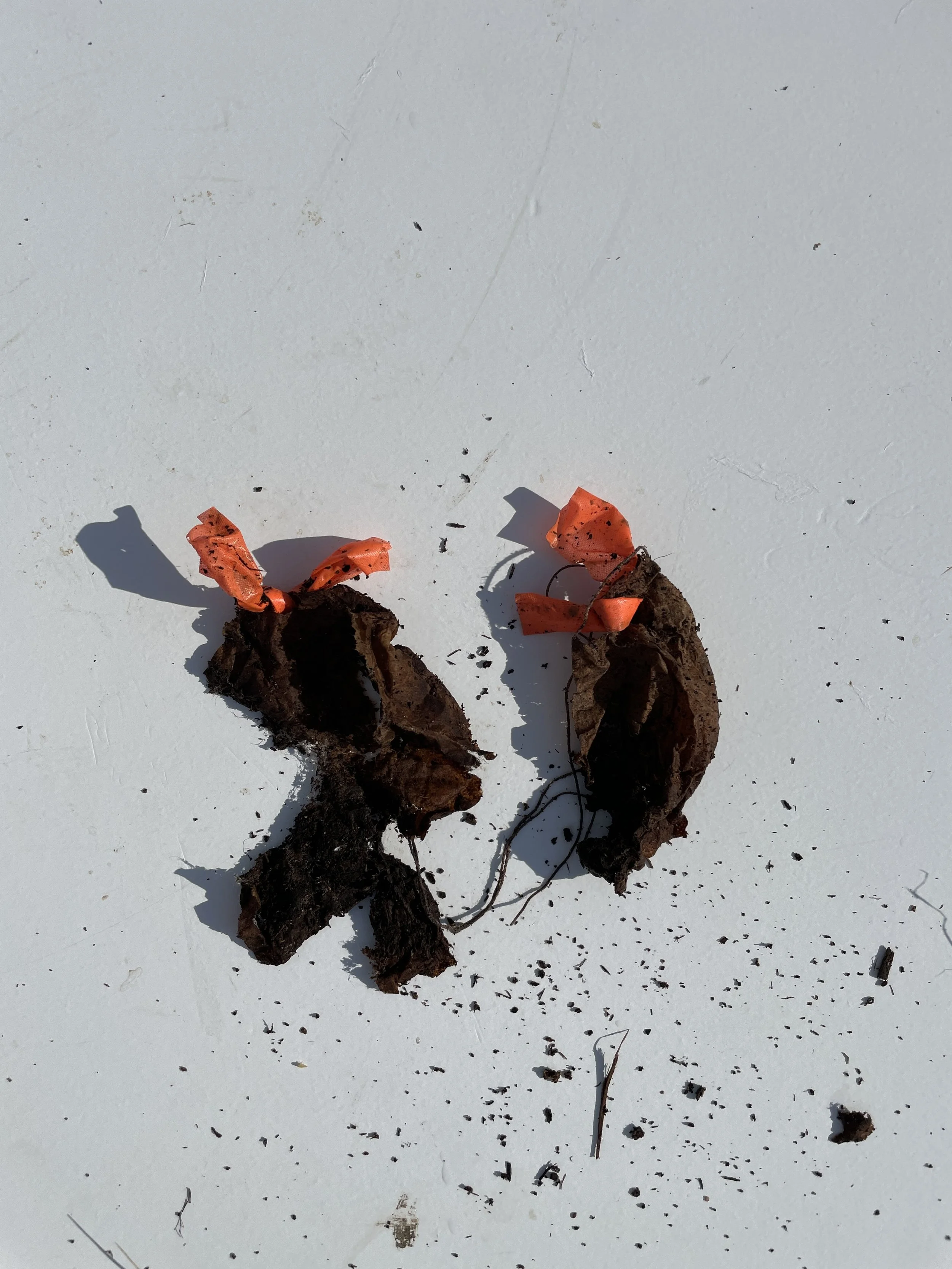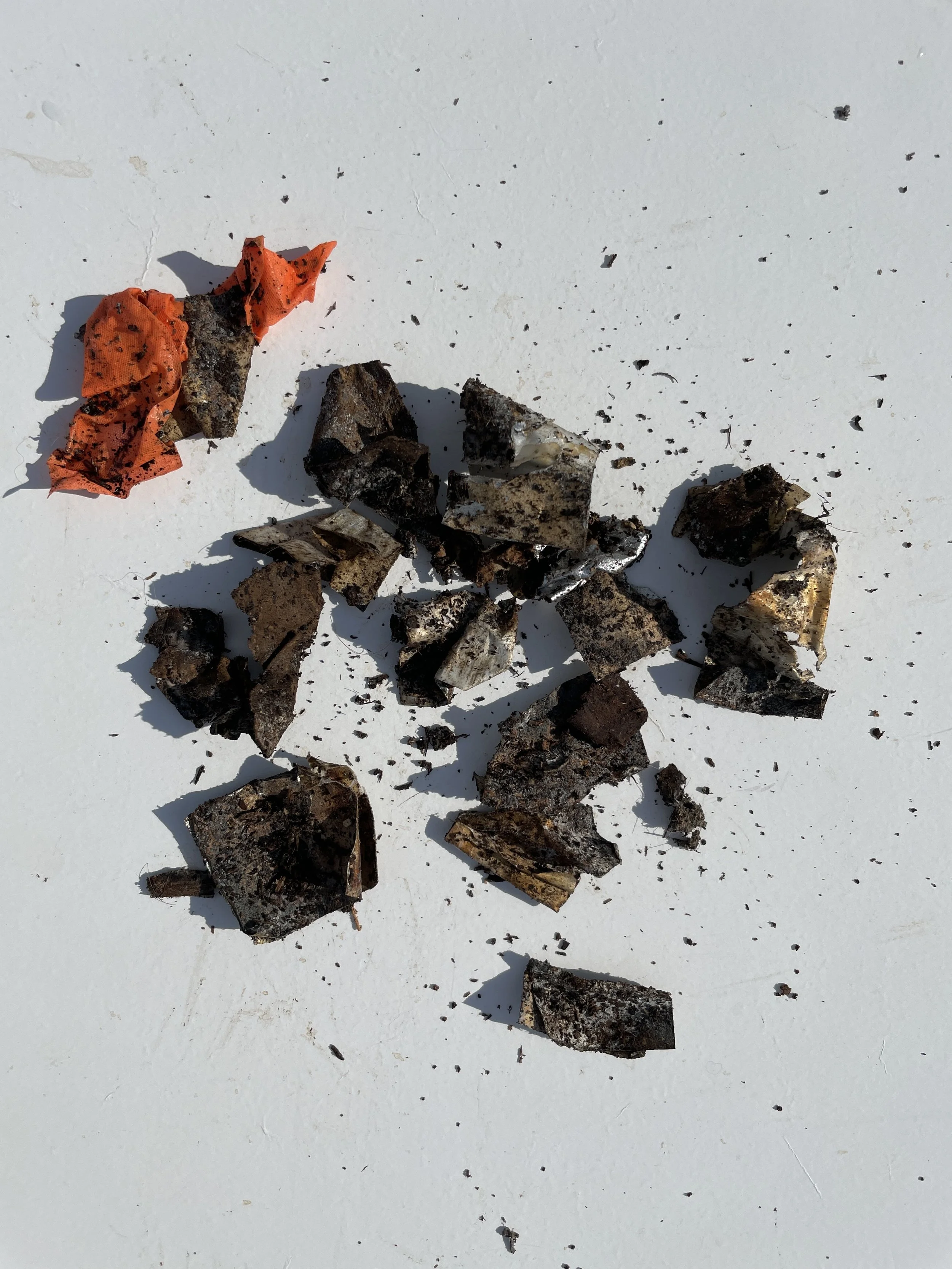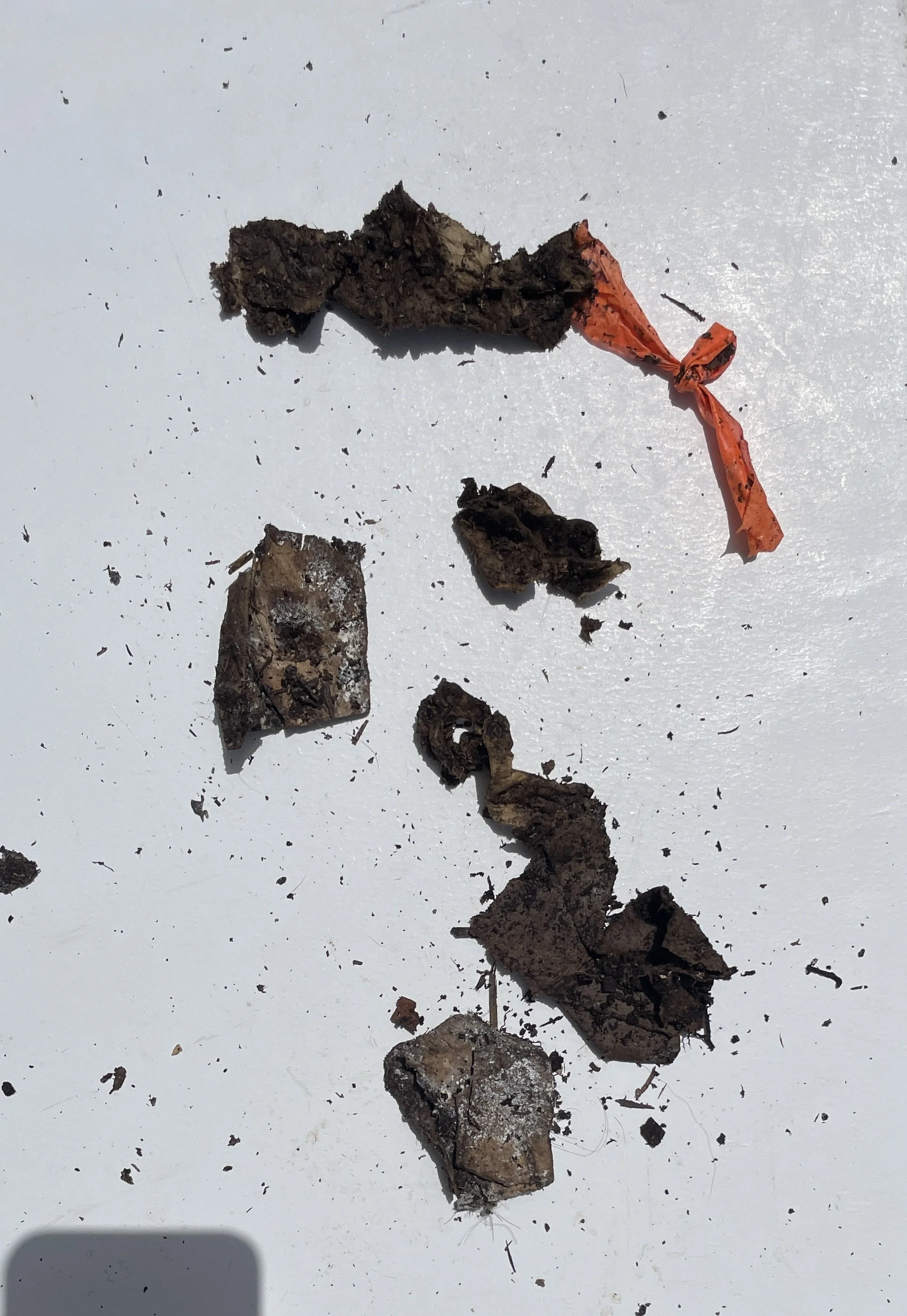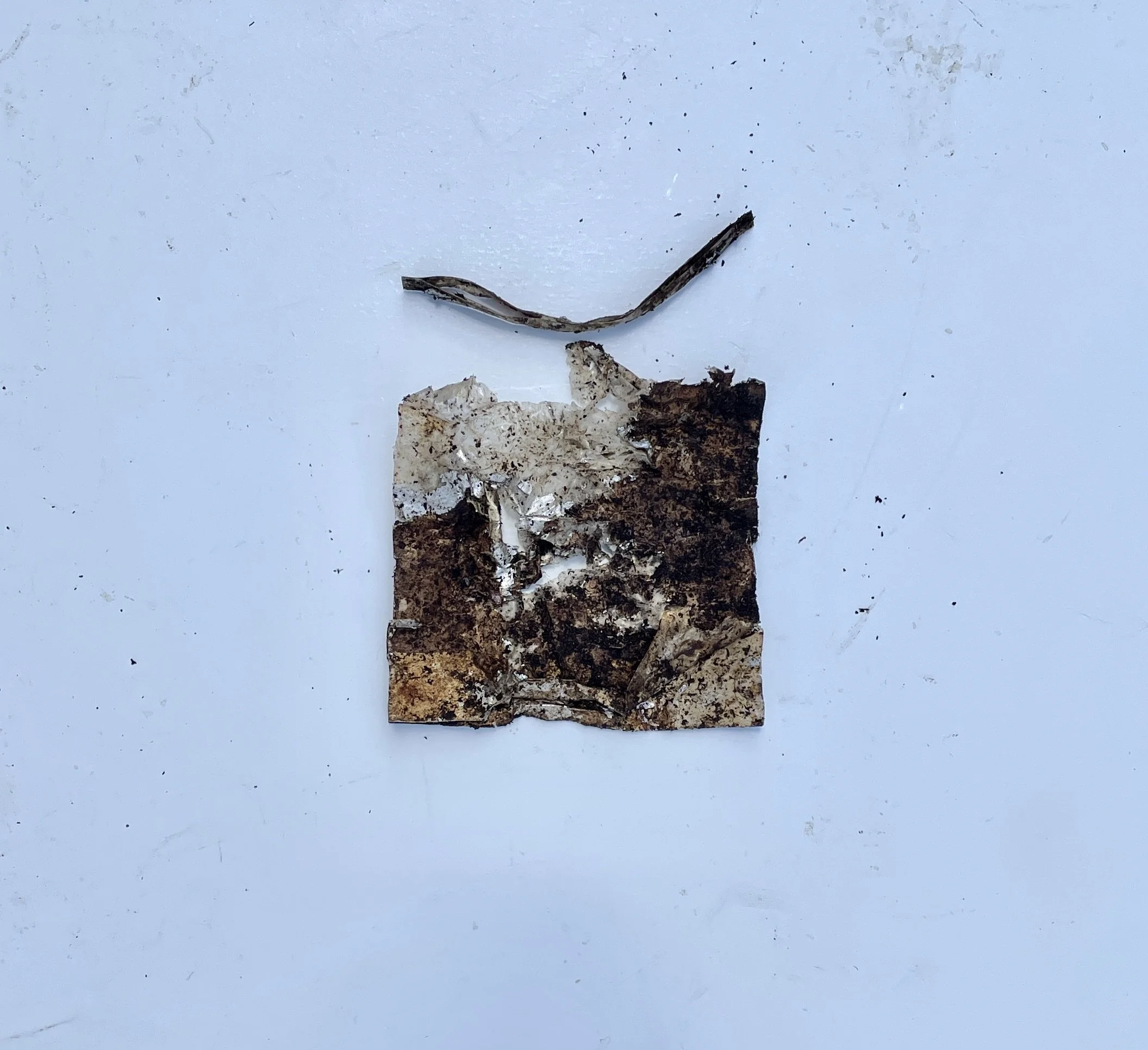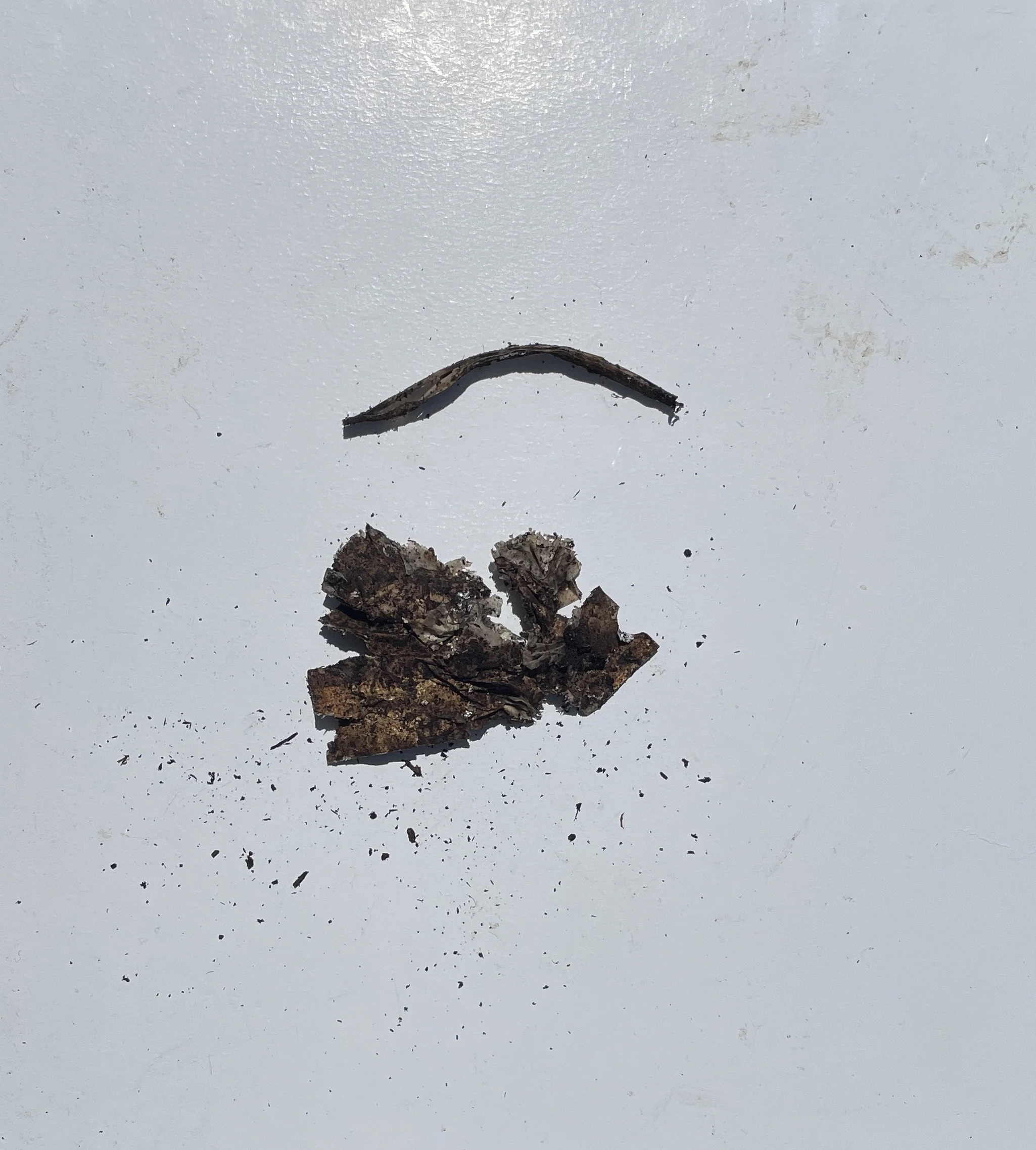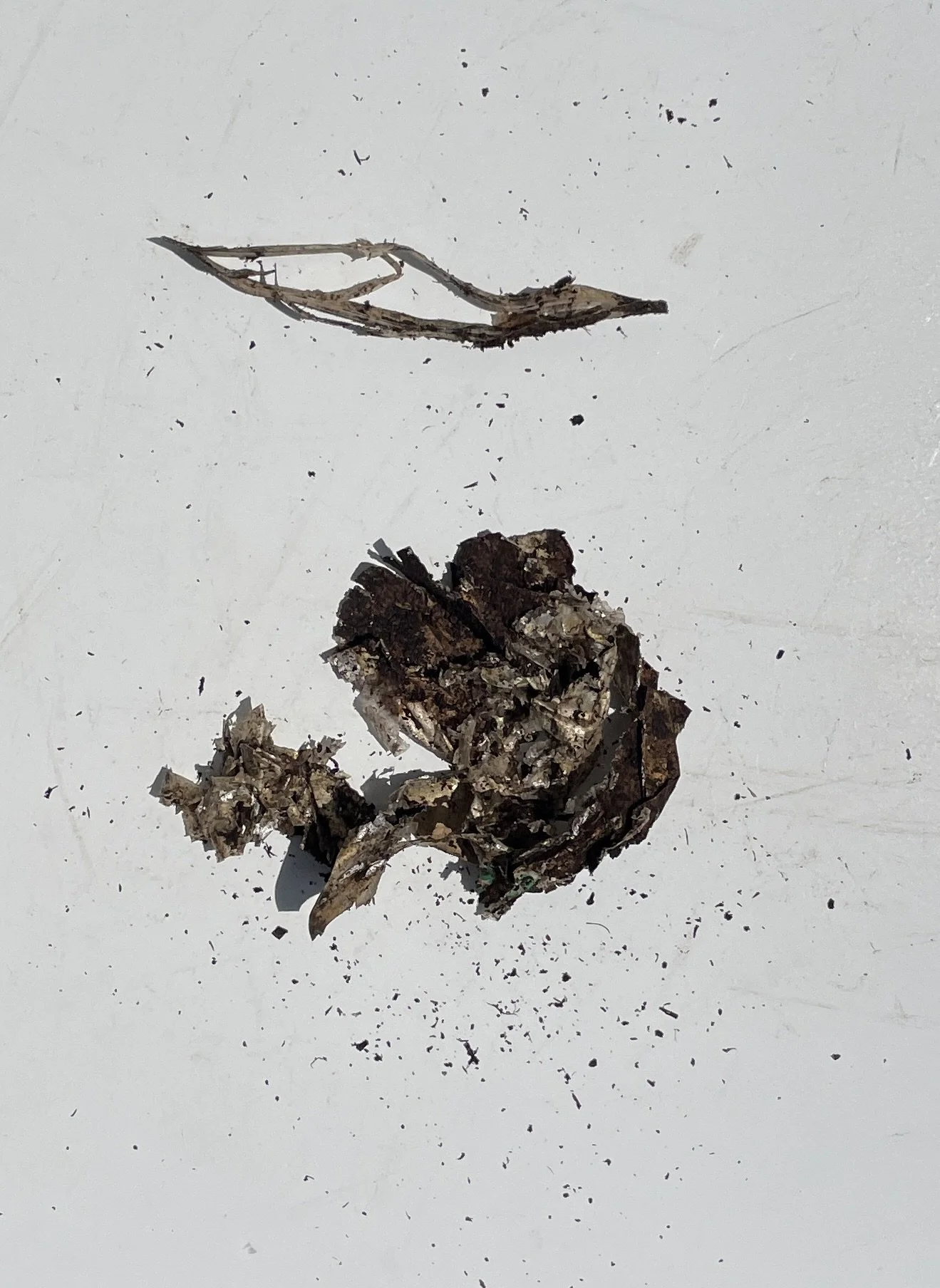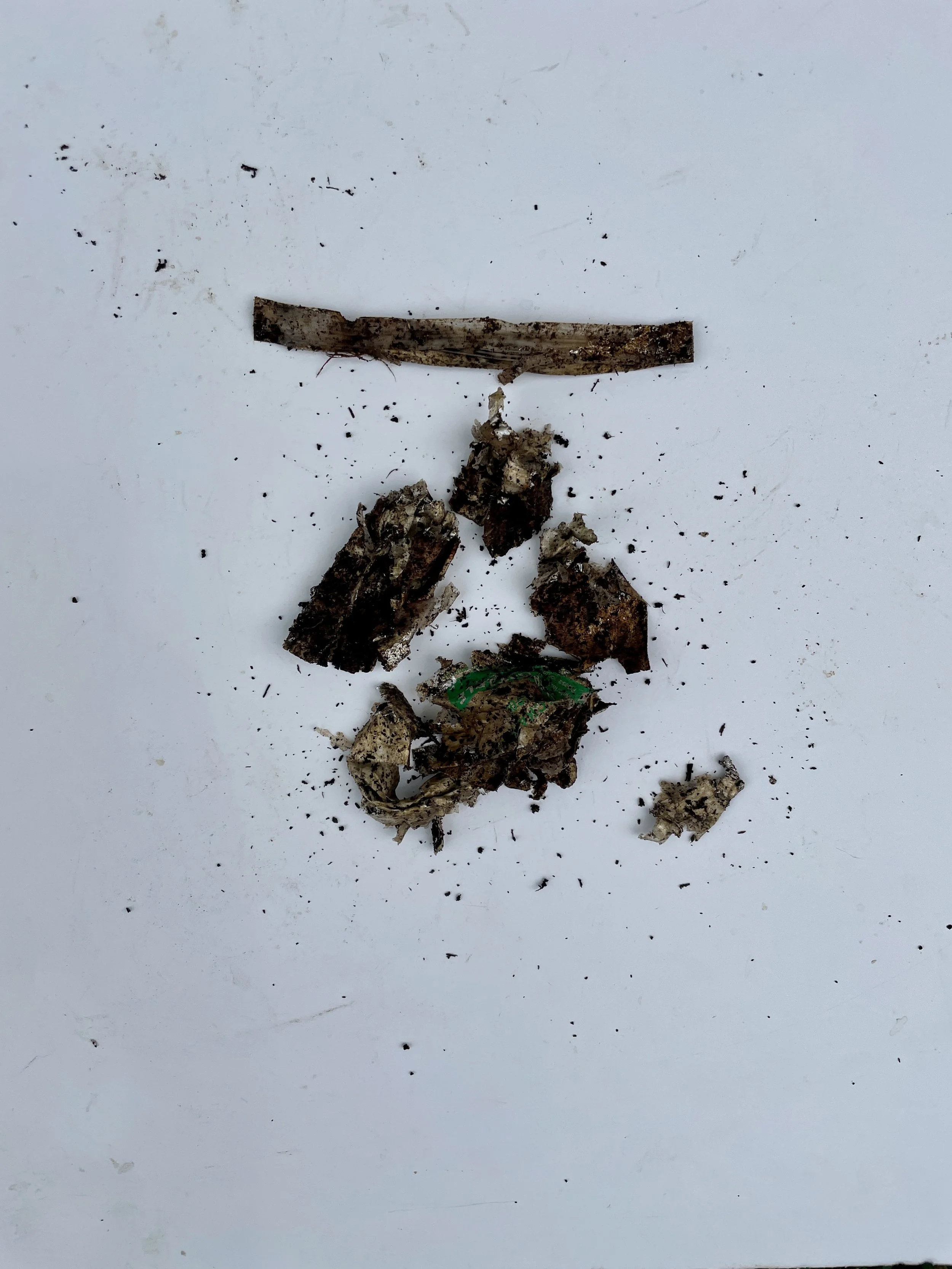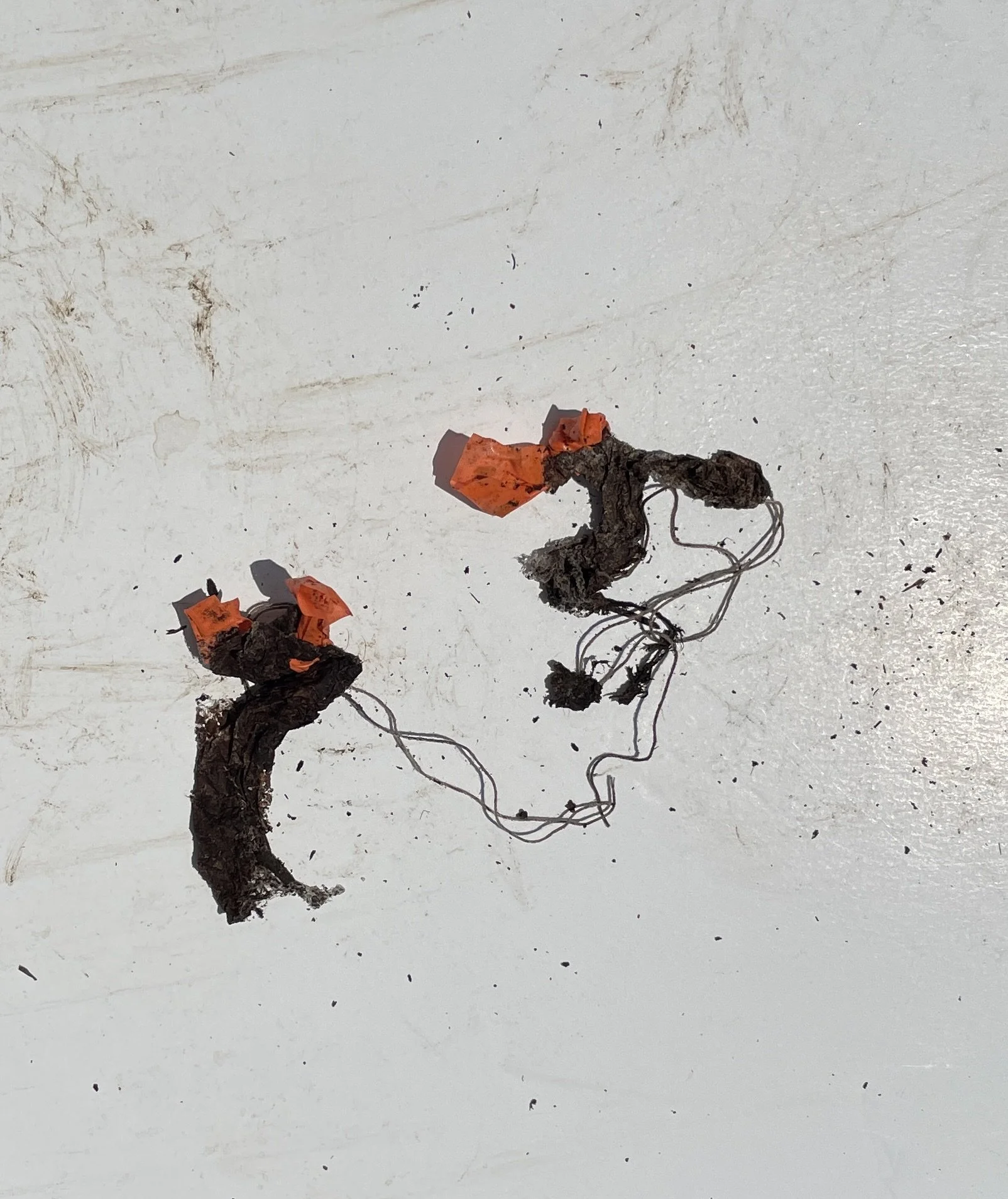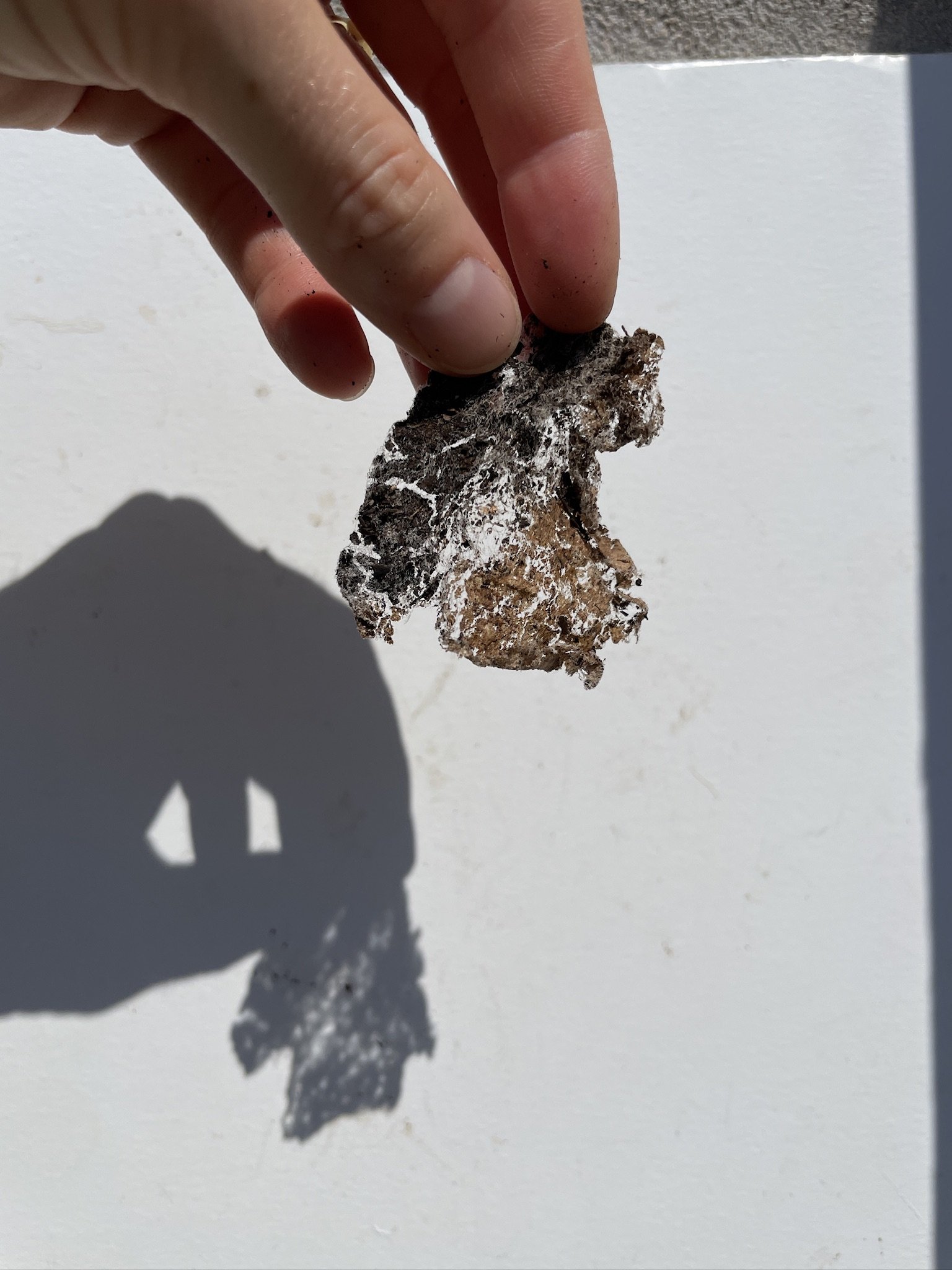Our Packaging Journey
At Peach Pollen, sustainability isn’t just a goal or marketing strategy, it’s a commitment. We’re thrilled to share the results of a detailed study conducted in collaboration with a soil scientist, examining the compostability of our eco-friendly packaging. From tea bags to storage pouches, each piece of our packaging was put to the test to ensure that it meets the highest standards of biodegradability, while keeping your home compost pile thriving.
Before we get started, a huge thank you to Andie Marsh with Rhizos LLC for her incredible work during our compostable packaging trial. Andie went above and beyond to simplify the science behind the decomposition process, making it easy for us to understand the detailed results. Her diligence in documenting the trial with photos, videos, providing thorough evidence, and extending the study to observe the complete breakdown of our packaging was invaluable. We’re so grateful for her expertise and dedication! If soil excites you, you should check out her Instagram @soilissexy
Okay, now let’s walk you through the research process and the fascinating discoveries we made along the way.
Day-by-Day Observations: The Journey of Our Packaging
Day 1-11: Early Signs of Decomposition. The journey began with exciting signs of breakdown. Within the first eleven days, the scientist observed healthy mycelium (a fungal network) growing on the shipping mailer, an excellent indicator of active decomposition. The outer layer of the tea storage bag, made from papery materials, showed noticeable degradation. However, the shiny bioplastic seal and clear sections were slower to break down, but no cause for concern. As the scientist mentioned in their notes, “More neat things happening with the metallic layer on the storage bags!”
Day 12-26: New Discoveries. Around Day 15, the study took a brief pause while the scientist was out of town. Decomposition was temporarily halted, but once rehydrated and reintroduced to the compost pile, the packaging resumed its natural breakdown process. By Day 26, there was a visible transformation, the tea bags had almost fully disintegrated, and the packaging pouch was becoming more “holey” and brittle.
Day 27-41: Rapid Breakdown Continues. By Day 31, most of the paper-based items, like the shipping label, mailer, and tea bags, had decomposed completely. The tea storage bag and product pouch, while still breaking down, were slightly slower, particularly in the clear seal area. The scientist noted that while the whole storage bag was still intact, it had become much more brittle. Cutting it into strips would accelerate the process, though this was left as a benchmark for gauging how long the full bag would take to decompose in its entirety.
The observations were even documented with microscope visuals. The microscope revealed that the materials, particularly the bioplastic from the storage bag, were breaking down and being colonized by beneficial fungi.
Microscope Insights: What’s Happening on the Microbial Level?
A crucial part of the study involved analyzing the compost under a microscope. The results were encouraging: a healthy, diverse microbiome thrived in the compost, indicating that our packaging materials were not harmful to the soil. The mycelium, fungi, and microbial activity surrounding the packaging confirmed that the materials were breaking down safely and effectively.
As for the bioplastic seal and thread from the tea bags, the scientist recommended that they be placed in the center of a hot compost pile (120-130°F) for a few weeks for optimal decomposition. These components, while slower to degrade, were still being colonized by fungi and were not fragmenting like traditional plastics, which break into harmful microplastics.
Key Findings: What We Learned from the Composting Process
Tea Bags: Fully decomposed by Day 31! These bags, made from natural wood pulp and cotton, broke down quickly and seamlessly into the compost.
Shipping Mailers and Labels: The recycled-fiber mailers and labels began to decompose within the first 30 days, leaving behind healthy soil.
Storage Bags: The outer layers of the tea storage bags and product packaging pouches showed significant signs of degradation by Day 26 and were well on their way to full compostability within 40 days. Cutting them into smaller strips could speed up the process, though it was important to use whole bags as a benchmark.
Bioplastic Seal and Thread: These bioplastic materials took a little longer to break down but were still compostable with proper conditions. The scientist recommended placing them in a hot compost pile and cutting them into smaller pieces to increase microbial exposure. It was determined that these materials can break down in 55-60 days, in an active home compost pile.
A Green Light for Home Composting
The conclusion from the soil scientist was clear, Peach Pollen’s packaging is safe for both home and commercial composting. The observation of a healthy, thriving microbiome confirmed that the materials do not harm soil life, and while certain components, like the seal and thread, may take slightly longer, they are still well on their way to full decomposition. Peach Pollen products are completely compostable.
What This Means for You
When you choose Peach Pollen, you’re choosing to support a sustainable future. Our compostable packaging isn’t just a label—it’s backed by real research. By composting your tea bags, pouches, and mailers, you’re reducing waste, nurturing the earth, and helping to close the loop on sustainable packaging. Sip it. Compost it.
Isn’t this exciting? If you are a business looking to transition to using compostable materials, please feel free to contact us. We’d be happy to share where we buy our packaging.
Thank you!!
With love,
Peach Pollen



